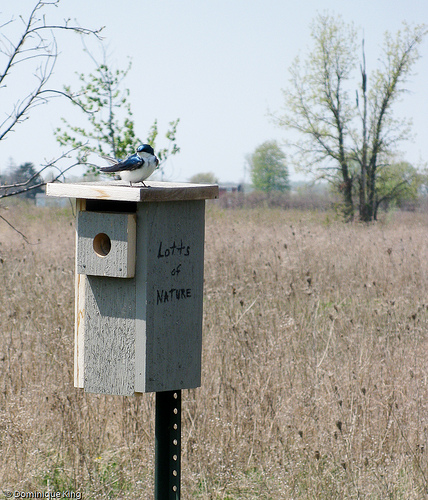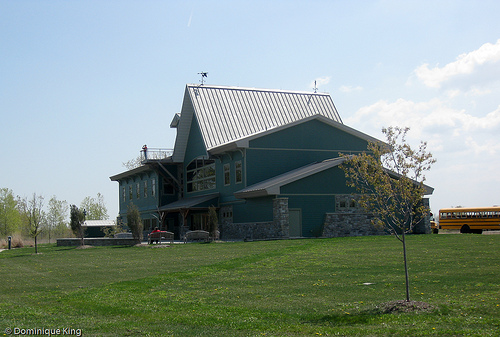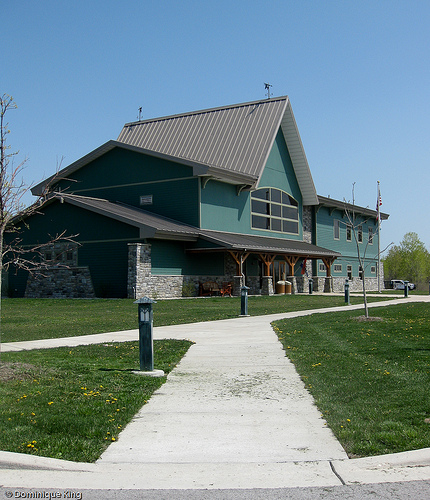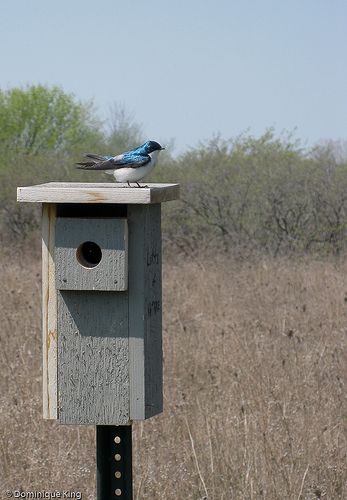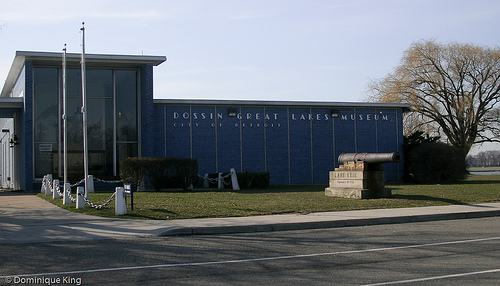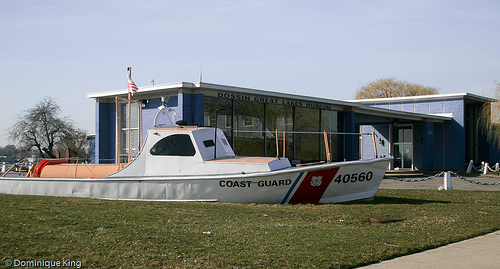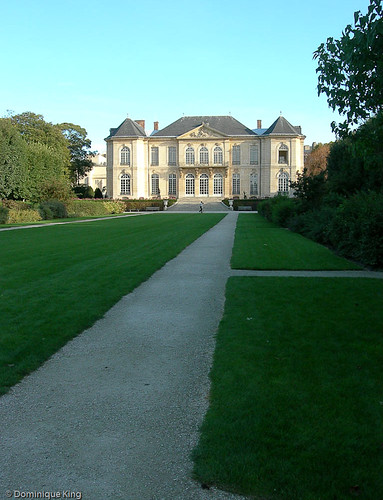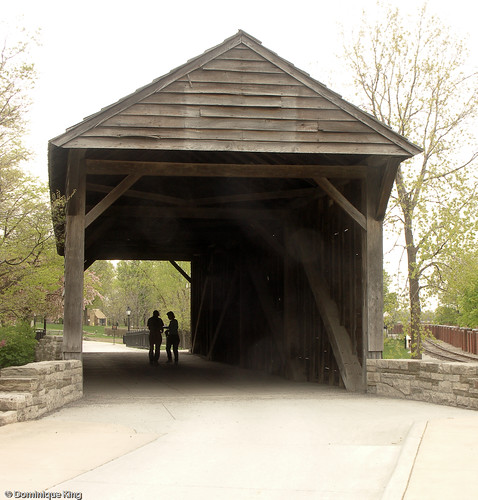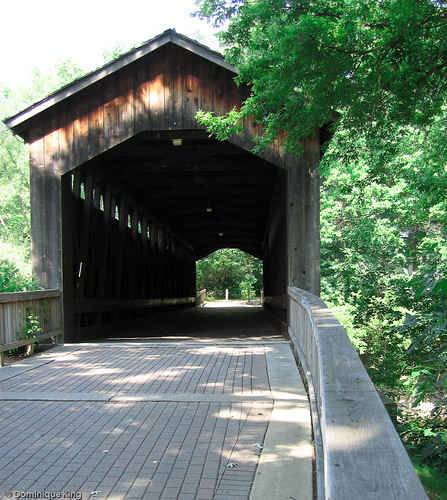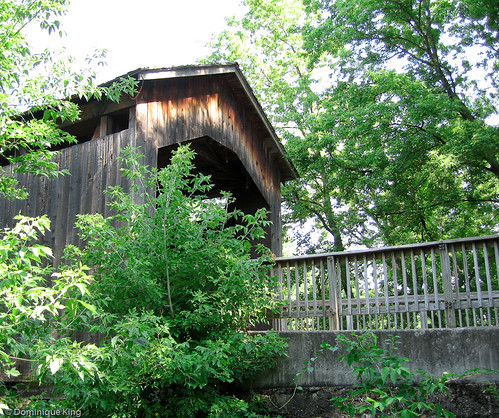Birders and photographers flock to northwest Ohio, visiting Magee Marsh and the neighboring Ottawa National Wildlife Refuge in especially large numbers during the spring and summer bird migrations.
We visited Magee Marsh one recent weekday, just ahead of the peak warbler season that is a special draw for the wildlife refuge and a perfect
time to enjoy a quiet walk along the hugely popular Boardwalk Trail.
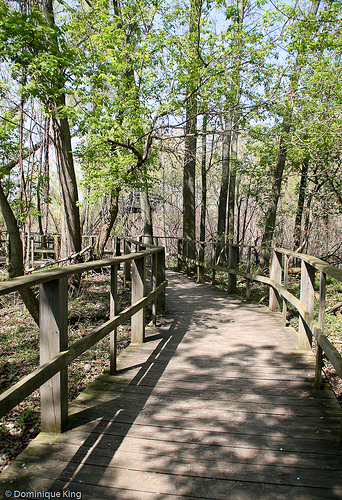
The 0.6-mile boardwalk trail meanders through 7 acres of marshland known as one of the best places to see warblers and other migratory birds in
the region, though we saw and heard plenty of birds and other animals during
our visit. The presence of railings on both sides of the entire length of the
boardwalk and roomy benches spaced every 100-yards or so along the trail makes
it especially accessible on day without crowds for visitors dealing with
mobility challenges.
Magee Marsh is just east of the Ottawa National Wildlife
Refuge, about 15 miles east of Toledo on Ohio's Route 2 along Lake Erie. A short walking trail connects the two wildlife refuges.
Magee Marsh is 2,000 acres of prime wetland habitat where
birders report seeing more than 300 different species of birds throughout the year. Marsh mammals include muskrats, raccoons, skunks, mink and foxes, along with the occasional rabbit, coyote, or deer.
While Magee and Ottawa share similar terrain and wildlife, Magee Marsh differs from its larger neighbor in a few ways.

An historical marker near the Magee Marsh Bird Center
explains how the marsh is part of the last remnants of the Great Black Swamp.
That dense swamp forest was about the size of the state of Connecticut and covered
much of northern Ohio and Indiana. The swamp acted to deter early settlers and
travelers, only attracting residents after they cleared and drained most of the
area between 1860 and 1885.
The remaining marshes became popular with affluent hunters, and numerous private hunt clubs dotted the Lake Erie shore here by 1890.
In 1903, John N. Magee of Elmore, Ohio, became owner of 2,700 acres of marshland belonging to two private hunting clubs. Magee's original
plan involved draining the marshes for farming, but high lake water levels made
that too difficult.
A small group of wealthy duck hunters leased the land from Magee, who died in 1925, and his family from the 1920s until 1940, when Magee's
daughters sold the land to another private hunting club. That land still proved
too costly to maintain as a hunting club, and by 1951, the Ohio Department of
Resources purchased 1,851 acres of the land.
Ohio's Division of Wildlife created a hunting area out of nearly 1,200 acres of the land, while the state's Division of Parks and Recreation
maintained approximately 650 acres as Crane Creek State Park, with a beach for
swimming along Lake Erie.
By 2008, the state closed Crane Creek State Park and transferred the remaining parkland to the Division of Wildlife, now maintaining the area as a wildlife refuge and controlled hunting area.

Magee Marsh has several short trails. The popular Magee
Marsh Bird Trail/Boardwalk is near the former swimming beach. Another trail at the beach is about a half-mile long and open for wildlife viewing. Two short loops, each about a half-mile long, begin and end at a 42-foot observation tower behind the Bird Center building.
You can also spot waterfowl and other birds along a causeway with several pull-offs where you can stop and take photographs.
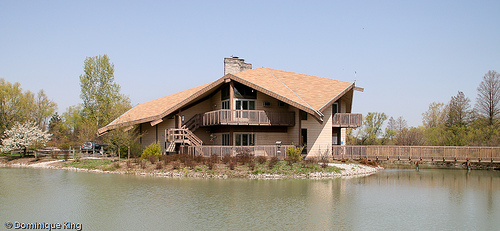
We loved the Bird Center building, constructed in 1970 and featuring an inviting lounge area with a large fireplace and a small display
area with wildlife dioramas. Visitors can also check a current list of bird
sightings, purchase a bird field guide, pick up free maps and brochures, or visit
the restroom at the center.
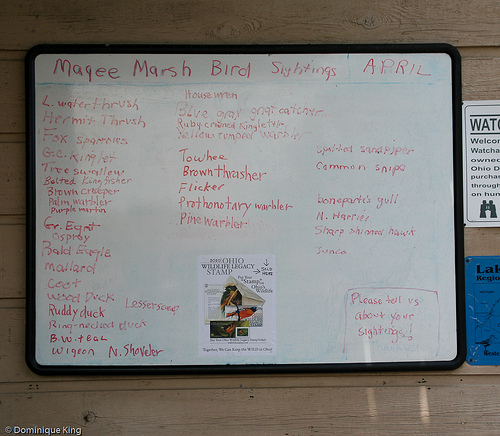
The bird center is open Monday through Friday year round and weekends during many of the spring, summer, and fall months.
The trails are open daily from dawn until dusk most of the year, but in keeping with Magee Marsh's history as a hunting area, access to some of the trails is restricted from mid-October through December for controlled hunting of waterfowl and some other animals like deer.
Admission to Magee Marsh is free. Check the Friends of Magee Marsh site or Ohio's Department of Natural Resources site for information about
seasonal hours and events.
Want to pick up an Ohio bird guide to study before your trip to Magee Marsh? Try checking out the Birds of Ohio Field Guide by Stan Tekiela.
Be sure to check out my story from early this week about the neighboring Ottawa National Wildlife Refuge.
© Dominique King 2010 All rights reserved

